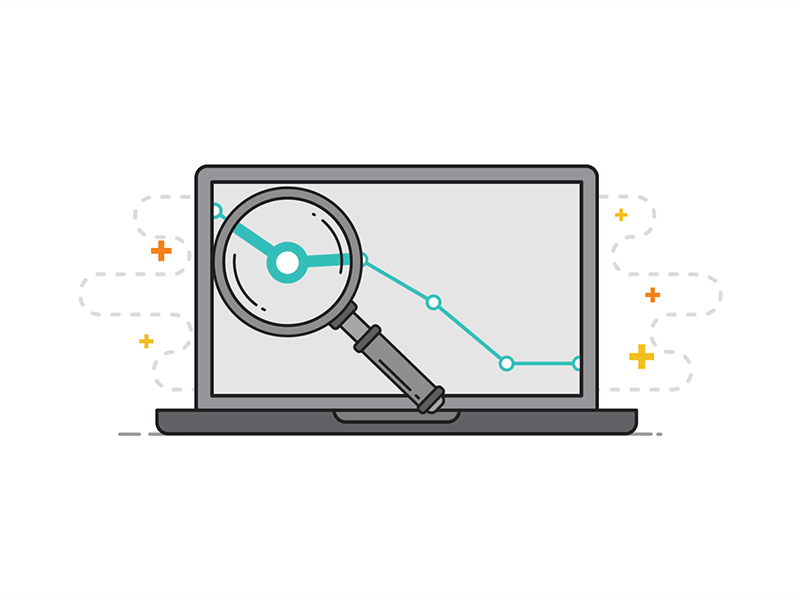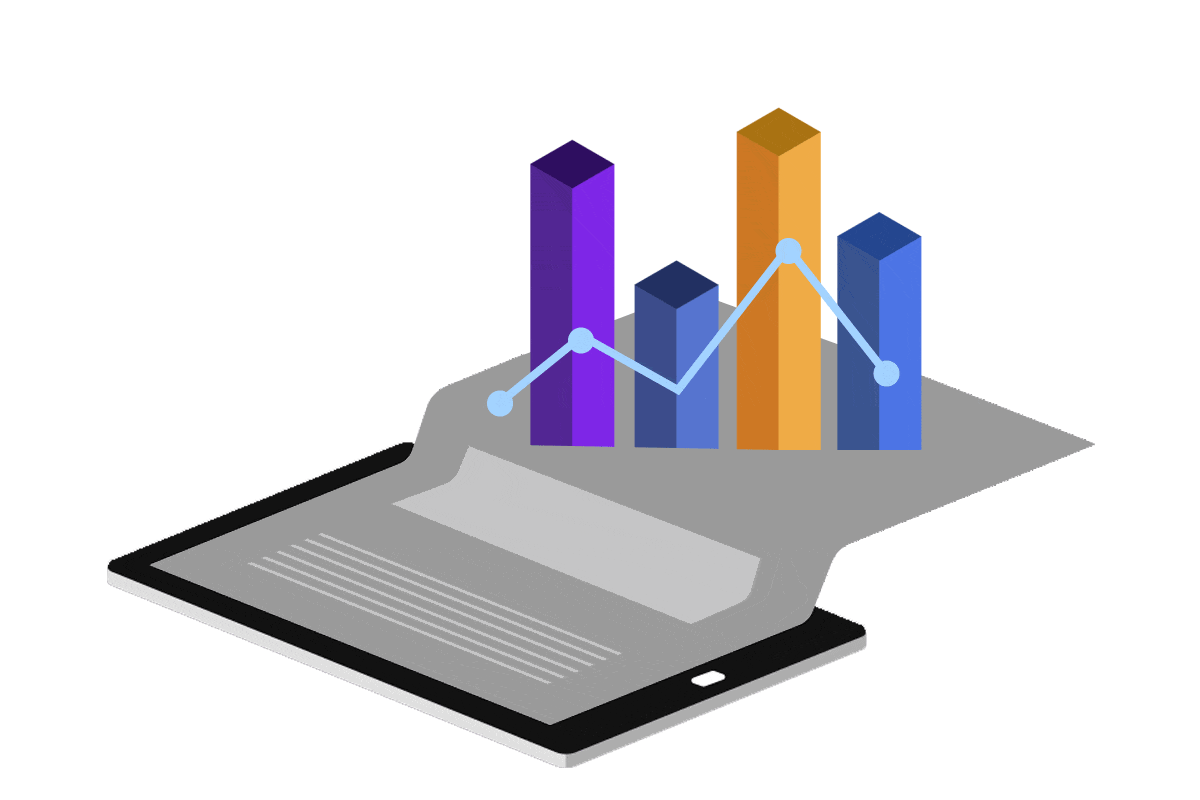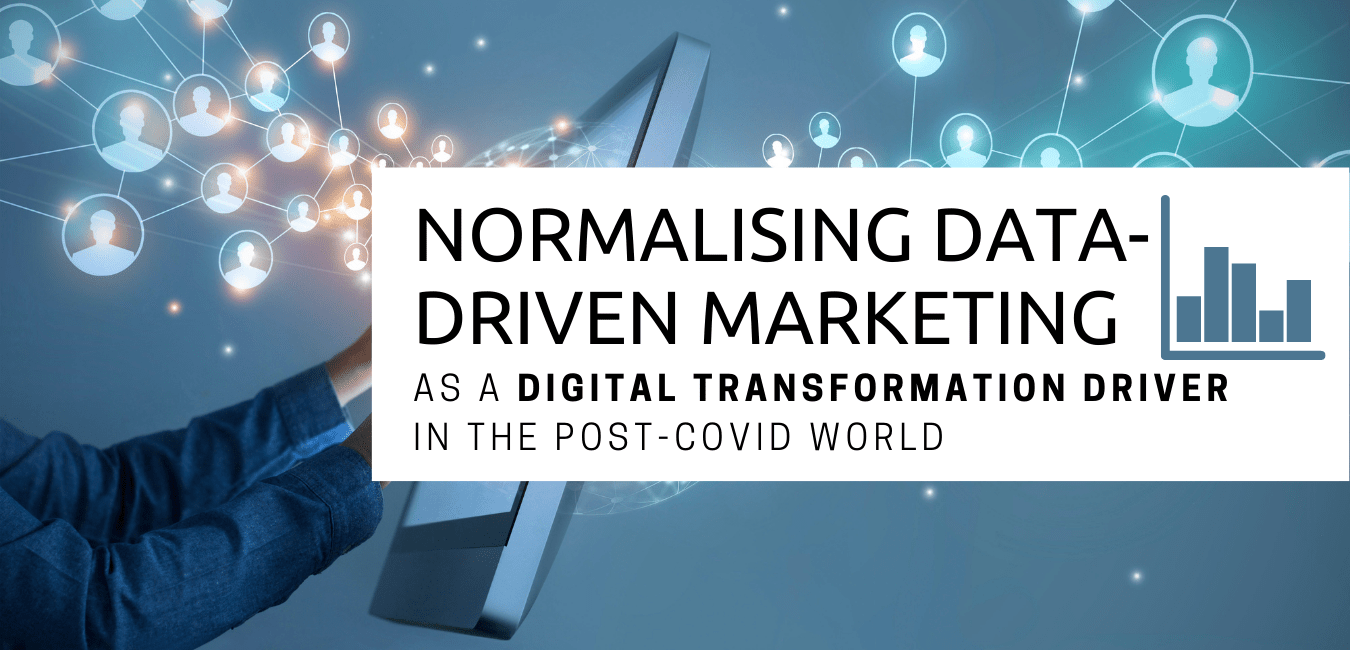“What gets measured, can be managed. What can be managed, can be improved!” In today’s blog I’ll discuss with you what data-driven marketing is and why you should incorporate it in your business ASAP.

If you met me or been around me, you would hear me say these phrases a lot in different settings: pitch, client update meeting, strat call, team brainstorming, and so forth.
There are 2 sides of marketing: art-based and science-based. I always pride my work to be leaning on the latter, science-based marketing. I’m a data-geek having been talking to business owners, founders, and c-level people, I find it makes sense to back an argument and results with numbers because numbers don’t lie.
In this day and age where both consumers and businesses – including brands and organisations alike, have doubled down into Online and Digital Transformation, the need for actionable data to answer the how’s and why’s of decision making is imperative!
What’s Data Driven Marketing?
Data-driven marketing is the strategy of using customer information for optimal and targeted media buying and creative messaging. It is one of the most transformational changes in digital advertising that has every occurred.

The rising quality and quantity of marketing data have been followed by explosive growth in the technologies for creative production and automation. These burgeoning mar-tech and ad-tech sectors now enable personalization of every aspect of the marketing experience.
Data-driven decision-making is taking the answers to questions like who, when, where, what message, and making those answers actionable.


What isn’t it working for everyone?
When the pandemic hit it’s not an exaggeration to say that the whole world had gone digital. The retail sector experienced ten years of growth in digital penetration in a matter of months. But the surge in data has not provided marketers with substantially better understanding of their customers, because their companies’ outdated data modeling isn’t able to capture these shifts with the necessary granularity and speed.


Rather than using the data to try to better target customers and tailor messages, many marketers have reverted to mass communications and promotions.
How to properly utilize data
While some might have missed such an opportunity, skilled marketers are quick to grab and act on this great opportunity.

A consumer-goods company, for example, anticipated that sales of beauty products would spike as communities eased out of lockdown. Marketing teams tracked reopenings on a county basis, using epidemiological statistics, municipal reporting, and traffic data to determine where to focus their media spend. These tactics drove a double-digit increase in sales.
Similar insights helped a business service provider get a jump on another emerging trend. Business registration and employment data showed that small healthcare providers in major metropolitan areas were growing at a much faster rate than other small and midsize businesses.
ALSO READ:
Ready for The New Normal / Post-Covid Era? Why Full Funnel Marketing is The Key
New challenges to account for
Precision marketing is directed at existing customers to encourage brand loyalty and spur buying behavior. Precision marketing relies less on creating persuasive ads, and more on creating deals, offers, and gimmicks that will appeal to existing customers.
In order to do this, precision marketing relies heavily on market segmentation; a technique for breaking the market down into smaller, more specific blocks of customers with unique needs. Market segments can be very broad; women, for example, or they can be very specific; unmarried women over 50 with adopted children.
Buyer behavior has changed significantly since the pandemic began, rendering the relationship rules baked into many existing data models invalid. Externalities that once seemed incidental, such as customer mobility, now have outsize importance. Is visitation down because customers can’t get to the store or because they no longer wish to shop there? Many marketing teams simply don’t know.
Another thing to account for is while patterns exist, they are harder to discern—and even when discerned, they can feel ephemeral, such as communities opening up only to lock down again.
To solve this marketers need continually refreshed data from a variety of sources and at a far more detailed level—looking as deeply as the city-block level in some cases.
Another challenge marketers face is their slashed budget. Budget is one of the most important thing there is to marketing. When marketers have barely enough to execute their ‘must do’s’ how are they gonna allocate on experimenting with new tactics.
Lastly is the rapid, large-scale shift to remote working. Data-driven marketing works best in agile settings, where teams can test in repetition. But with nearly two-thirds of employees working from home, marketing leaders have found it difficult to create an effective measure.
How to make modeling more precise even with the challenges we’re currently facing
While other organizations may have retreated to mass marketing, those that upgrade their modeling can be far more effective in generating revenue. Here’s what they need to do
1. Tap new (and better) data
Precision marketing is only as good as the data behind it. New models with old data are still likely to provide inaccurate results.
Marketers in the new normal should invest in gathering not only behavioral trends and location-based insights but also third-party analytics on their business, customers, and competitors to complement their in-house customer data.

Companies that extend their data gathering in these ways can identify upticks in demand and where new customers are coming from, as well as assess which customers in their existing base have increased spending and where lapsed customers have gone.
2. Invest in tech that learns at scale
The increased uncertainty in the new normal requires marketers to get better at testing and faster at reacting.
A more agile operating model is a key element in this, but it is also increasingly necessary to work with technology that learns at scale.

Organizations that practice data-driven marketing can turn the COVID-19 crisis into a time of transformation. Through capturing new data, searching for new behavioral relationships, and enabling rapid experimentation, marketers are able to grasp recovery and are sure to see good ROI results.
Source: https://www.mckinsey.com/business-functions/marketing-and-sales/our-insights/the-big-reset-data-driven-marketing-in-the-next-normal?cid=app
Subscribe to my YouTube channel: Casey Ordoña
